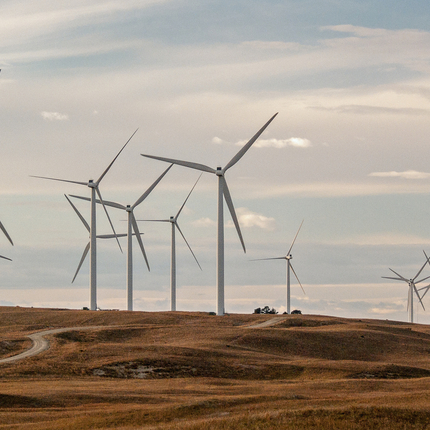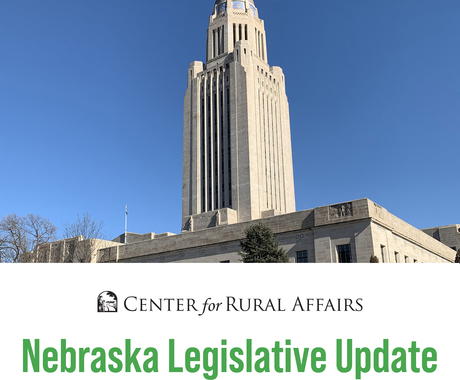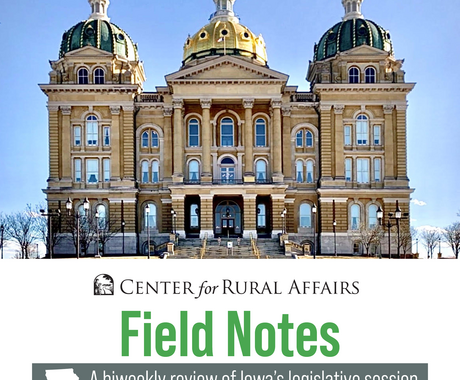By Jordan Rasmussen, former staff member
When a room fills with 30 people, many driving more than an hour to be there on a beautiful fall evening in the midst of football playoffs, one can assume there is an important matter at hand. This was the case during a recent community energy conversation hosted by the Center for Rural Affairs in Valentine, Neb. On the table was the opportunity for open and candid conversation surrounding the energy future of the county and the state.
Over the course of the conversation, residents shared insights and opinions of wind development in the county and the Sandhills region. Much of the exchange centered on a late stage wind farm project to be situated along Highway 20 in Cherry County, Neb.
While discussion ranged from economic development to land conservation and tax credits to solar development, the heart of the issue was that residents wanted to be informed of and included in the process through which renewable energy developments emerge.
One resident told the group she was informed that a wind farm was in development across from her property. She did not know the county had updated its zoning regulations to allow for the permitting of such a project, and that she could have voiced her concerns to these zoning changes during planning commission meetings. She now pays much closer attention to the public meeting notices posted in her community newspaper.
The varied, dynamic conversation among residents in Valentine is just a small representation of the extremely complex process that takes clean energy projects from concept to energy generation. This process can often extend four to five years at a cost of millions of dollars for the developer.
Despite these dynamics, there is a need for open, honest and frequent dialogue among developers, community members, investors, county and city officials, public power districts and technical experts – a sentiment shared by all in the Valentine conversation. Broad engagement in the process, before planning and construction, presents the opportunity for stakeholders to express and acknowledge concerns, mitigate pitfalls, consult experts, identify opportunities and arrive at amicable solutions.
However, the responsibility to participate in this exchange does not rest only with the developer. Instead, observant and participatory community members and local government officials can and should enter into dialogue with fellow landowners, developers and experts. During our meeting, participants learned about approaches to proactively engage with this process to ensure their voices are heard.
For Cherry County residents and those in other counties considering the addition of clean energy to their portfolio of energy sources, community engagement is key. It is imperative that residents seize the opportunity to engage in constructive discussion in order to understand the prospects of wind and renewable energy development.
Not everyone at the planning table will always be happy with all elements of renewable energy development decisions. But, encouraging broad community and stakeholder engagement in the process provides perspective and respect for the decision.




